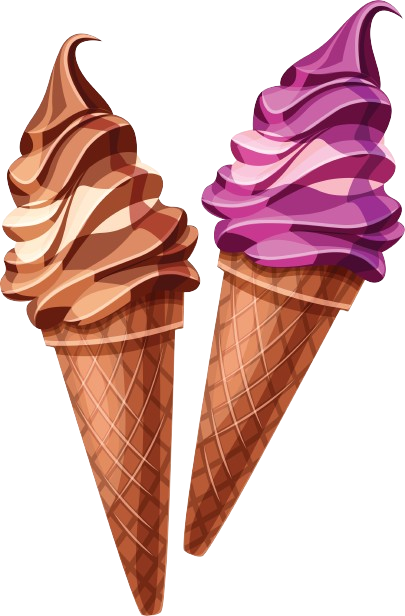The Science Behind Crafting the Perfect Homemade Ice Cream

Homemade ice cream is a culinary delight that combines science, artistry, and a touch of magic in every creamy scoop. While store-bought options abound, creating your own batch of ice cream at home offers a personalized experience, allowing you to tailor flavors and textures to your liking. Unveiling the secrets behind achieving that perfect homemade ice cream involves understanding the intricate science behind its creation.
Ingredients: Balancing the Elements
The key to creamy, scoopable ice cream lies in the balance of essential ingredients—milk, cream, sugar, and emulsifiers. The dairy components (milk and cream) provide the creamy texture and mouthfeel, while sugar not only sweetens but also lowers the freezing point, preventing the ice cream from becoming too hard. Emulsifiers, often found in egg yolks or additives like lecithin, help bind the fats and liquids, creating a smooth, cohesive mixture.
Fat Content and Texture
Fat content plays a pivotal role in ice cream texture. Higher fat content results in a creamier consistency and slower melting, contributing to a luscious mouthfeel. However, too much fat can create an overly rich or greasy sensation. Finding the right balance—typically achieved through a combination of heavy cream for richness and whole milk for a lighter texture—is key to crafting the perfect blend of creaminess without overwhelming richness.
Churning and Freezing: The Magic of Emulsion
The churning process is where science and art converge. During churning, air is incorporated into the ice cream base, creating a smooth, light texture. This aeration is crucial in forming small ice crystals and preventing larger ice chunks, contributing to the desired creamy consistency. The process of churning also helps distribute fat globules evenly, ensuring a well-emulsified mixture.
Ice Crystal Formation and Freezing Point Depression
Ice cream’s texture heavily depends on the size of its ice crystals. Rapid freezing—achieved through the use of an ice cream maker—promotes the formation of smaller ice crystals, yielding a smoother texture. The addition of sugar and other solutes depresses the freezing point, allowing the mixture to remain creamy rather than forming large, icy chunks.
Flavor Infusion and Temperature Control
Flavor infusion in ice cream involves extracting and incorporating tastes from ingredients like vanilla beans, fruit purees, or infusions like coffee or tea. This process often involves heating the base to infuse flavors before chilling and churning. Temperature control is crucial throughout the process, ensuring ingredients meld harmoniously and preventing crystallization.
Aging and Ripening for Optimal Flavor
Aging or ripening the ice cream mixture in the refrigerator post-churning allows the flavors to meld and mature. This step enhances the overall taste and texture, enabling a fuller expression of flavors before the final freezing.
Conclusion: Crafting Frozen Masterpieces
The art of homemade ice cream is a symphony of precise measurements, ingredient interactions, and temperature control. Understanding the scientific principles behind the process empowers enthusiasts to experiment, innovate, and create frozen masterpieces tailored to personal tastes. As aspiring ice cream artisans embark on their homemade ice cream journey, the marriage of science and creativity ensures each scoop is a delightful culmination of precision, flavor, and texture, inviting indulgence in the perfect frozen delight.


